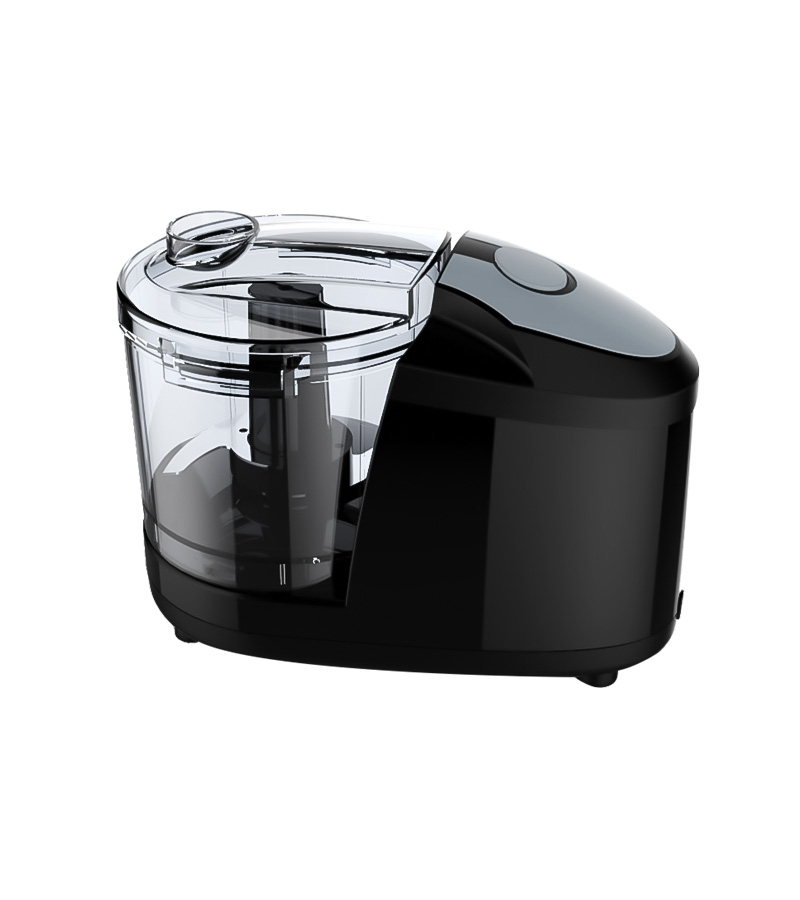How do commercial coffee machine machines work
Update: 09-04-2020
Abst:
All fancy bells, whistles and espresso machines under c […]
All fancy bells, whistles and espresso machines under chrome are like a forest of densely packed wires and screws. The basic mechanism for brewing espresso coffee in most machines is to make a strong espresso coffee, or espresso coffee, by pressing the "boiling point" ground coffee and filter into pressurized water near the boiling point.
Angelo Moriondo of Turin, Italy, invented the first espresso machine in 1884. Since then, countless designs have been innovated and manufactured, and most share some common parts. In short, they all do the same thing, forcing hot water through finely ground coffee. Some machines may also be equipped with steam sticks for brewing and foaming milk to make drinks such as cappuccino and latte.
You can change the taste of espresso coffee on the same machine by changing the fineness of grinding or the amount of tamping pressure. Experienced baristas prefer to put espresso coffee directly into pre-heated coffee cups or glasses, as this helps them maintain the high temperature of the espresso coffee. The espresso machine can be steam driven, piston driven, pump driven or air pump driven. They can also be used manually or automatically. From the UAE ECM to the UAE Ekuep, access to affordable high-quality coffee machines. For simplicity, the following is a list of tasks for each part of the basic espresso machine:
Reservoir-water source
All espresso coffee machines require a water supply system, which is usually determined by the capacity of the machine. Water can be taken from a small reservoir or directly from the main pipeline. Fuel tanks are placed in smaller machines, while high-capacity professional machines use pipeline sources.
The reservoir is basically a removable container, filled with water by hand. Compared with the direct water pipe using tap water, it can control the water quality. A water tank will contain cold water used to prepare espresso coffee. It is neither sealed nor heated. Once the water is pumped into the pump and boiler, heat and pressure are applied.
Water pump
To push water from the tank into a packet of finely ground coffee, the machine needs pressure, and this is exactly what the pump does. It pushes water into the heating chamber at high pressure. The pump needs to apply a pressure of 9 bar, which is almost equal to 130 psi. The espresso machines used earlier had pistons on the large rods, which the barista would manually pull to push water into the coffee. Therefore, the phrase "pull rod".
There are two types of electric pumps, vibrating pumps and rotary venous pumps. Commercial coffee machines are equipped with rotary pumps to provide constant pressure, while domestic coffee machines are equipped with vibratory pumps. Vibration pumps are smaller, cheaper and easier to replace, while rotary pumps are quieter, have constant pressure and are generally more durable.
Boiler / Heating box
The boiler / heating chamber is a solid stainless steel structure with heating elements in the grooves at the bottom. This is the component where the water from the pump is heated. Most espresso machines are equipped with electric heating elements to boil water. Simple coiled wires (such as the filament of a light bulb or the wires in an electric toaster) become hot when the machine is turned on and become inert when the machine is turned off. The one-way valve in the heating chamber ensures that water does not flow back into the pump from the heating chamber. The size of the boiler may vary according to the capacity of the machine. The larger it is, the more drinks are produced. Commercial machines usually have a dual boiler system. Therefore, they only have one boiler for brewing and one for steam rods. Water temperature has an important effect on the strength of coffee, and temperature changes will change the taste of coffee. Double boilers can easily meet different temperature requirements, because the brewing water must reach 93 degrees Celsius (200 degrees Celsius), and the steam needs to reach 100 degrees Celsius (212 degrees Celsius).


